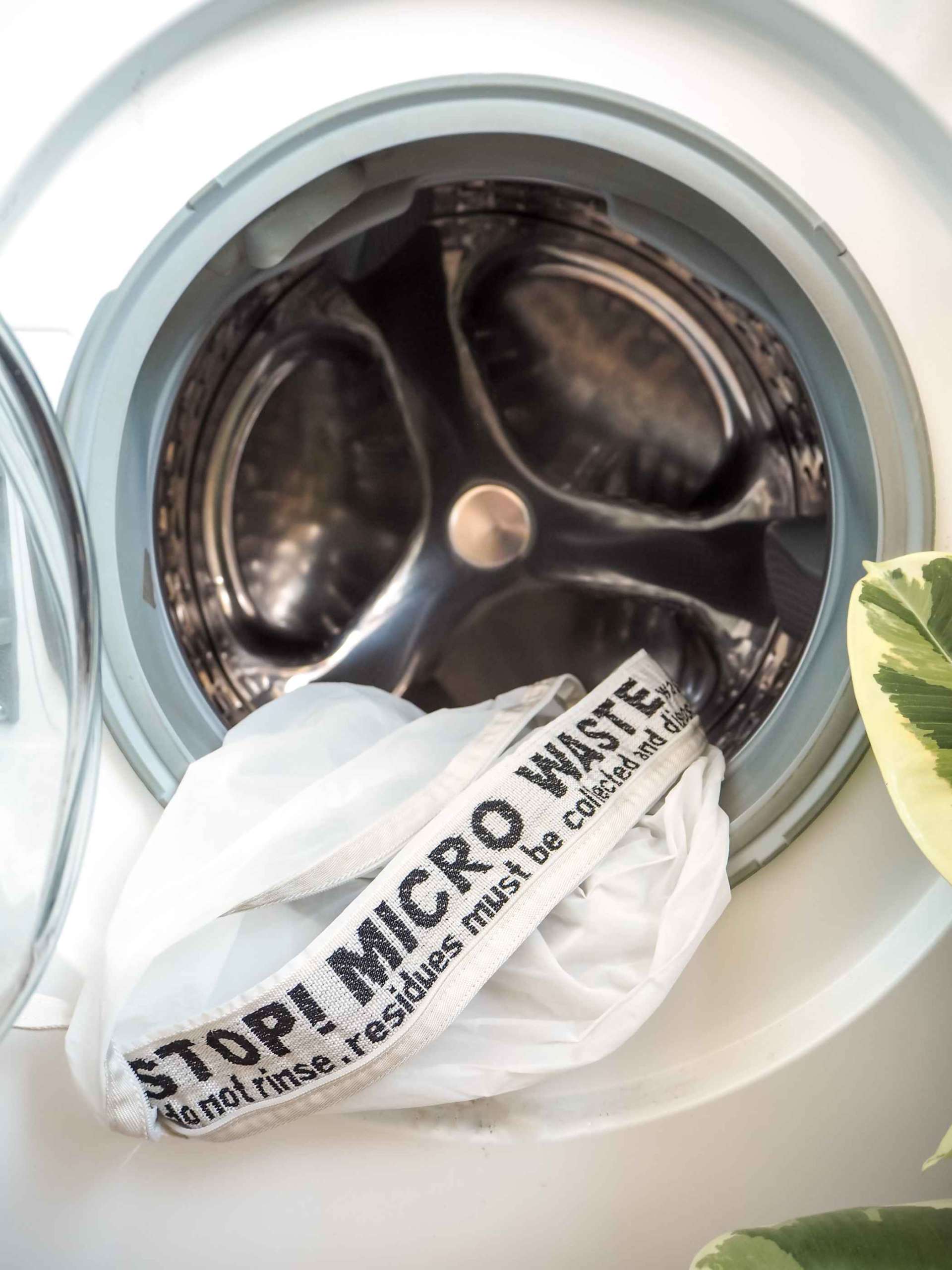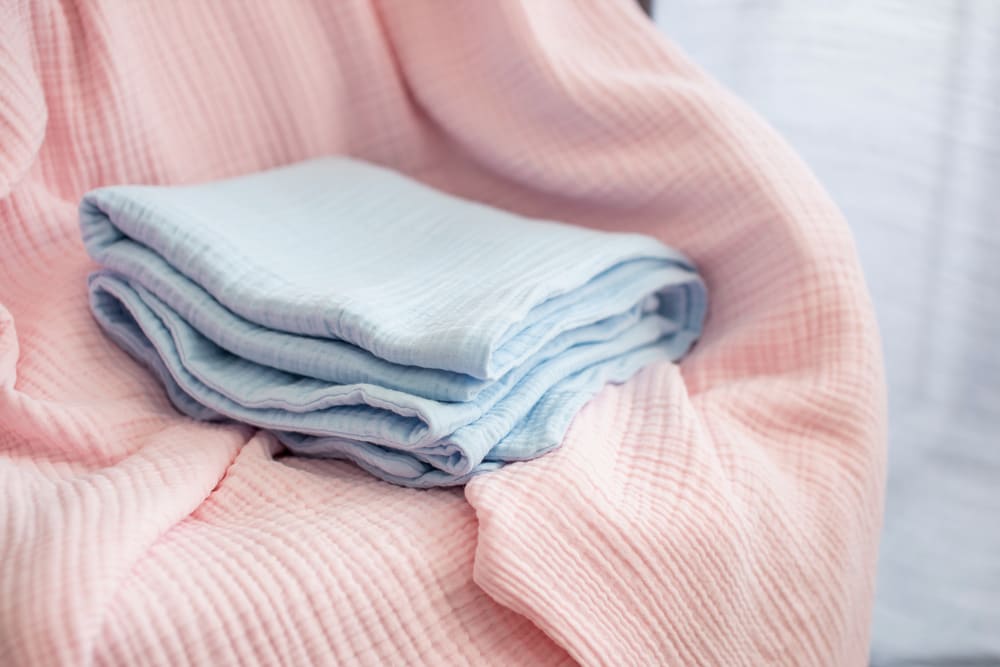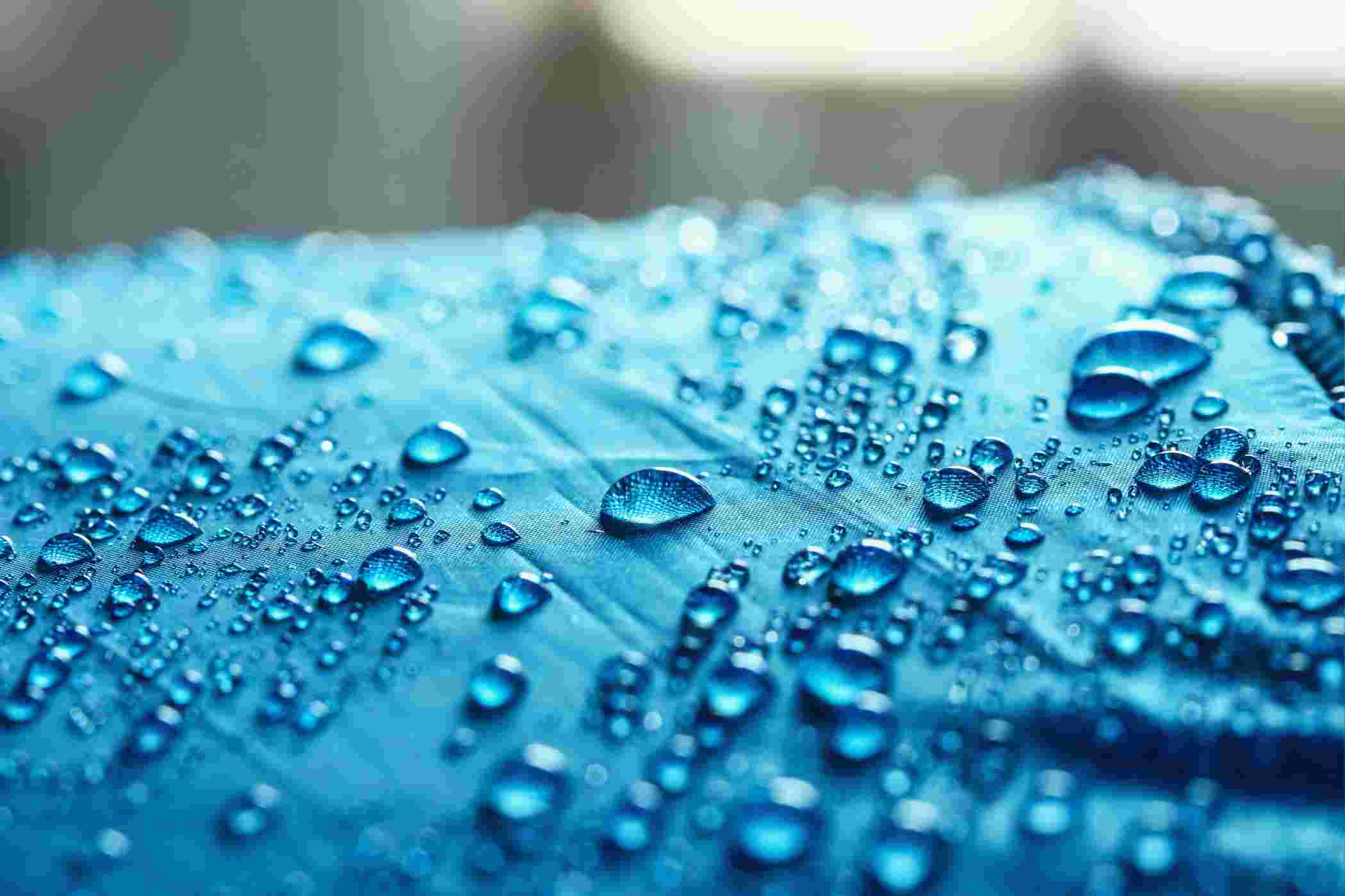Different Fabrics to Experiment With for Home Decor Designing

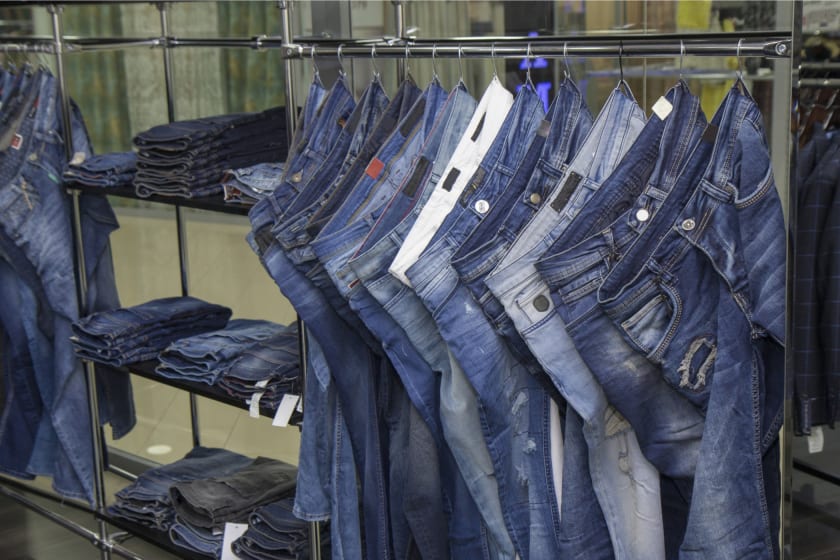

Fabrics are woven, knitted, crocheted, or glued together to produce a garment from natural or synthetic fibers. Fabric is a sort of textile, but not the same as all textiles. Fabrics are one of the most underestimated aspects of creating a stylish and comfortable home. They have a huge amount of potential when it comes to changing the look of your home.
From sofas and chairs to headboards and bed linen to decorating items such as cushions, throws, and table runners, fabrics play an important role in home décor. During the projection period, the online home decor market is expected to increase by USD 83.32 billion, representing a CAGR of nearly 13%. Fabrics are also a relatively low-cost and an easier way to add a touch of glamour to your home.
There are a wide variety of textiles available, each with its texture, color, print, size, style, thickness, and simplicity of maintenance.
Here are a few of the fabrics available for your home decor:
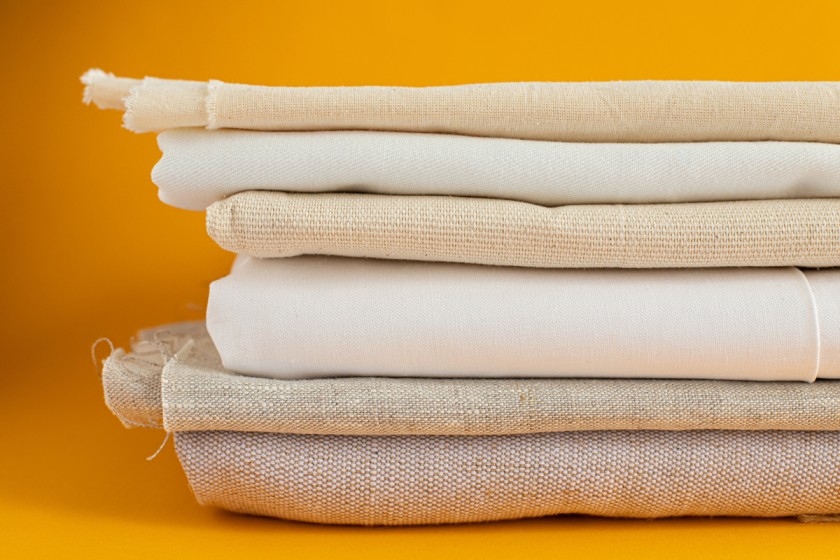
I. Natural Fibers
Natural fibers are used to make these fabrics, which are usually derived from animal or plant sources. Wool, leather, silk, cotton, linen, ramie, jute, and hemp are examples of natural fibers that are either animal or plant-based. Natural fibers can take dyes well, are biodegradable, sustainable, and durable. The most prevalent natural fabrics used in home décor are listed below:
1. Cotton
Cotton is the most commonly used material in home decor (60%), in different styles such as terry or flannel. It is the most popular fabric for home furnishings as it is versatile and widely utilized. Cotton is a long-lasting fabric that drapes nicely. It is easy to clean at home, with some of its products being machine washable. It’s also fade, pill-resistant. However, it does wrinkle and stain easily.
Cotton takes dyes well, allowing for a wide range of color options, and it also allows for the free flow of air through the items. Cotton fabric can handle bright colors and patterns. It is a perfect choice for bedsheets and resting places because of its durability. Cotton is a must-have in every home with children or the elderly since it can give them a great deal of comfort.
2. Linen
It is soft and pleasant, and it is not prone to fading or pilling. It is lightweight and breathable, and it naturally resists microorganisms, making it a suitable choice for people with allergies. It is a great way to give an earthy look and visual interest to the area, and it comes in a range of textures. It wrinkles easily and shrinks a lot, therefore we suggest you have your linen fabrics professionally cleaned. It is a popular fabric due to its versatility and durability, and it is breathable and comfortable. Its texture varies according to the weave. As a result, the very coarse look can be used to create a natural and relaxed atmosphere at home. You may also use a tight weave with vivid color for a polished high-end aesthetic.
3. Silk
Silk has a negative reputation due to its susceptibility to Sun damage. It is available in various fabric weights, from light to heavy raw silk. From 2016 to 2021, the global silk market is expected to grow at a CAGR of 7.8%, reaching USD 16.94 billion. Silk is a sumptuous fabric that gives a rich, opulent appeal to any room. It’s best for formal spaces or regions that are not used frequently. Because the fabric is not stain-resistant and the fibers degrade with time when exposed to sunshine or moisture, it should be handled with care.
Lined silk creates stunning window coverings and is quite durable. It also produces long-lasting upholstery fabrics. Silk and cotton were widely used before synthetic fibers. Silk is used to make many of the best oriental rugs, lasting for hundreds of years. Moreover, when taking a nap on the sofa, silk throw pillows feel cold and silky against the cheek.
4. Wool
Wool is an animal-based fiber that comes from goats, sheep, lambs, and alpacas, among other animals. It lasts for a long time. On the other hand, wool can be itchy and warm, and some people may be allergic to it. It is a fantastic, long-lasting wall-to-wall carpeting material. Wool makes lovely tiny floor coverings beside the bed or near the fireplace.
Wool is a long-lasting material with built-in water resistance due to the animals’ skin oils. It is prone to bug infestation and requires appropriate cleaning to avoid permanent damage. Excessive exposure to sunshine can cause the color in the fabric to bleach or yellow, making it appear prematurely worn. Wool materials are pricey and usually out of reach for most people’s budgets.
To obtain a high-end aesthetic at a lower cost, consider using wool blends. If you’re going to use wool on a project, make sure it’s in a low-traffic, high-visibility area to get the most value for money.
II. Synthetic Fibers
Chemical methods and synthetic fibers, such as polyester, acrylic, and nylon, are used to make these artificial materials. Synthetic materials are typically tougher and longer-lasting than natural fibers. However, they harm the environment. Since they include chemicals, they may be dangerous for children or individuals who suffer from skin allergies.
The following are the most prevalent synthetic fabrics:
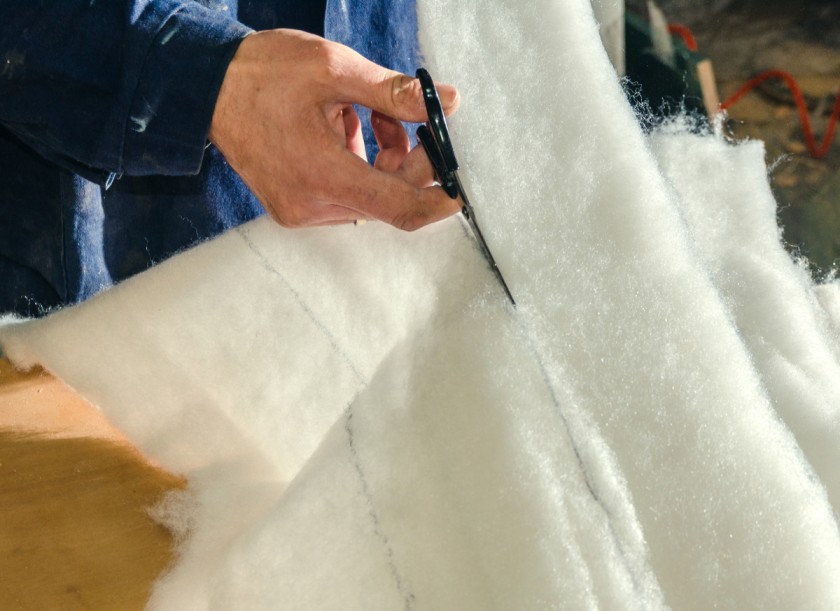
1. Polyester
Polyester is created by combining petroleum with a chemical process. It’s tough, stretchy, and versatile, and it’s easy to find. It’s a water-repellent hydrophobic substance. It is not sustainable or biodegradable because it is derived from the petroleum sector.
Upholstery, wallcovering, backing, carpets, and flooring are all examples of business usage of polyester. Its inherent flame retardancy and wrinkle resistance make it suitable for drapes and window treatments.
2. Nylon
Abrasion resistance, flame resistance, and flexibility are all characteristics of nylon. Nylon does not withstand high temperatures and can melt. Nylon textiles are light and supple, but they fade and degrade over time when exposed to direct sunlight.
3. Rayon
It is also known as artificial silk. It is an ideal and relatively inexpensive alternative for silk. This means that you do not have to spend a huge amount on a piece of fabric that adorns your walls or furniture to get a rich look. Since rayon is a somewhat weak fabric that might stretch or shrink if not properly cared for, it requires extra attention in terms of maintenance. Therefore, we recommend the use of dry cleaning.
Conclusion
It is unlikely that you will be able to choose just one type of cloth and use it throughout your home. You should think about what you need in each room. Remember what you wish to create. Look through the available fabrics to find one that suits your needs. For bedrooms, smooth silk would be ideal along with a warm woollen rug on the floor.
If you want to sell any kind of expensive fabric or even everyday use materials, Fashinza is the platform to do it. A blend of fabrics can be used to give an exquisite, stylish, unique, and aesthetic look to any house, and Fashinza can help you in that.















